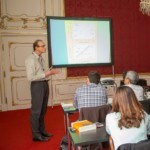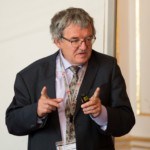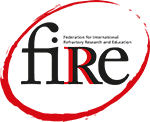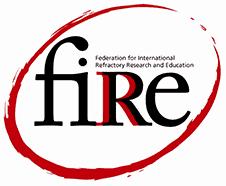Dispersion and Packing of Ceramics Particles for Advanced Refractory Castables
Instructors: Ana Paula Luz, Mariana A. Braulio and Victor C. Pandolfelli from Federal University of São Carlos, Brazil The refractory industry has been using dispersion and packing principles successfully for many decades, although most of the time empirically. Therefore, the producers and end-users may not need motivation on the subject, though we all need its science. The main objective of the course is to provide the fundamentals in order to help processing and microstructure design of refractory castables.
Rheological concepts, viscosity and shear effects, double layer and DLVO fundamentals, zeta potential, electrostatic and electrosteric dispersion, dispersant role, structure and selection, multi-component dispersion, stability maps, dispersing complex systems: Al2O3-SiC-C-SiO2 and wet shotcrete concept application. The fundamentals and main particle packing models used in the design of castable compositions, as well as the aspects that affect packing density will be discussed. Moreover, the role of a suitable particle size distribution in castables processing (mixing and drying), rheology, thermo-mechanical properties and application technique (vibratable and self-flow castables) will be highlighted in order to provide some insights for the development of advanced refractories.
Learning Outcomes: The fundamentals and examples presented will show that processing and engineering microstructures are mainly related to the understanding and application of the first principles, which will help to solve production and end-users problems, and to design new products.
Audience: Engineers, scientists, students, technicians and managers who are interested in understanding the fundamentals and how they can be applied to processing and designing ceramic microstructures are encouraged to attend. There are no prerequisites for the course; however, a modest technical background in ceramics and materials science at an undergraduate level would be helpful. The course is intended for a broad spectrum of people willing to learn the basics and their possible application to refractories and technical ceramics.

Fundamentals on Corrosion Behavior of Refractories
Instructors: Christos Aneziris, Technical University Freiberg, Germany, Jacques
Poirier, University of Orleans, France
One main focus is the iron and steel industry, but other high temperature processes are discussed.

Fundamental mechanisms of corrosion and the solutions to limit the thermochemical degradations, Wetting, infiltration, Corrosion by liquid species (metal, slag, molten salts), Corrosion by gaseous species (oxygen, alkalis,chlorides, sulfur compounds).
Impact of refractories corrosion on industrial processes, including steel making, cement industry, waste incineration and energy.
Audience: Engineers, scientists, students (Masters or PhD), technicians and managers who are interested in the refractory manufacturing or refractory consuming industry are encouraged to attend.


